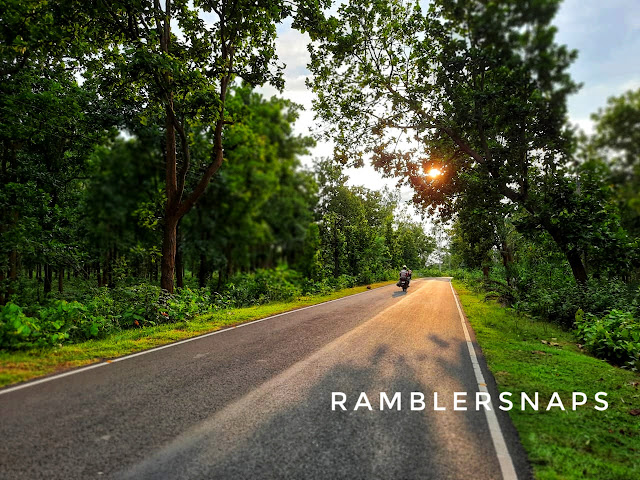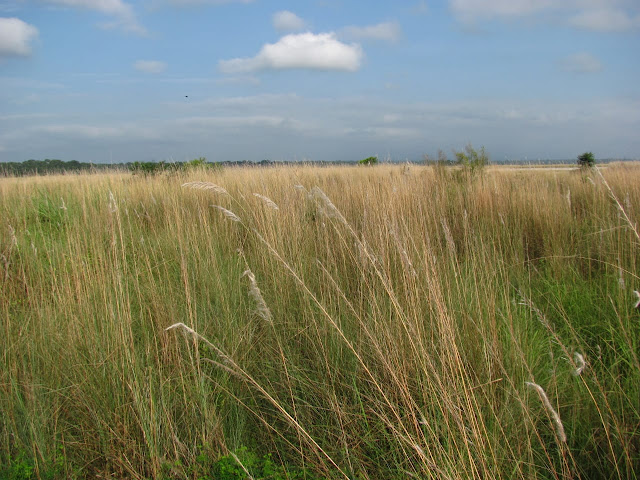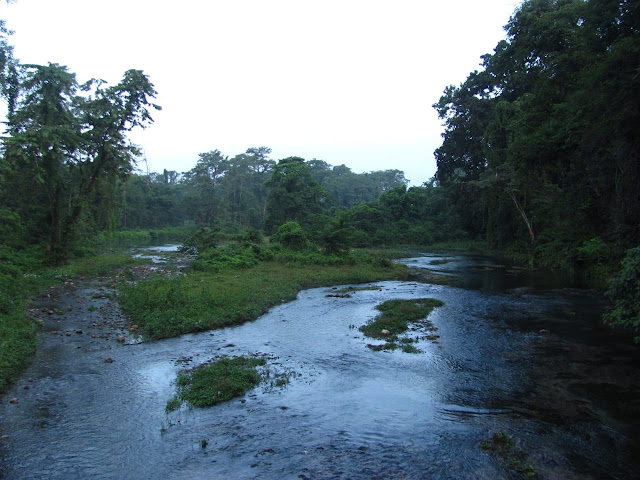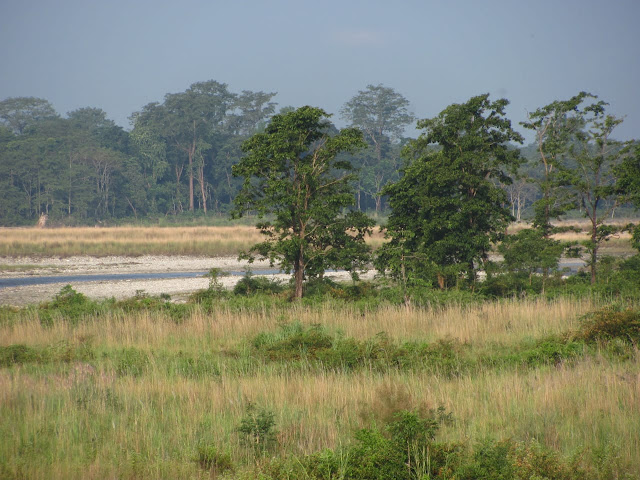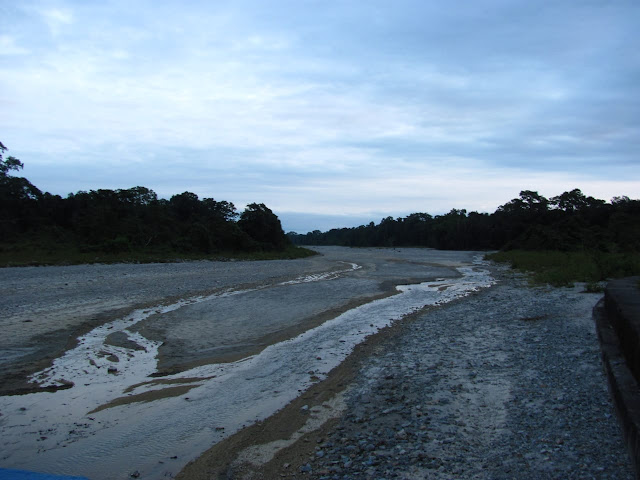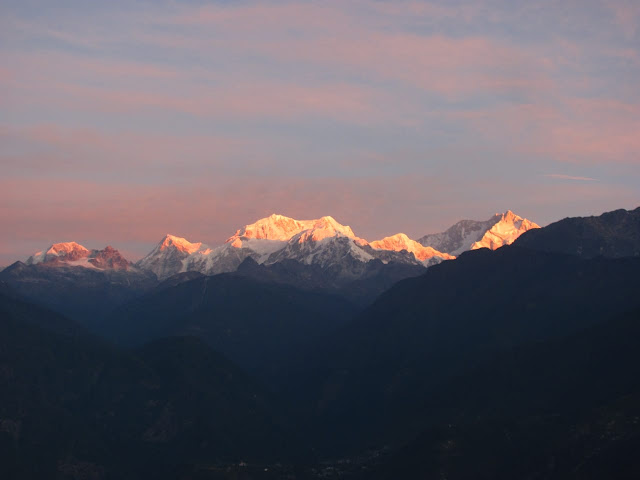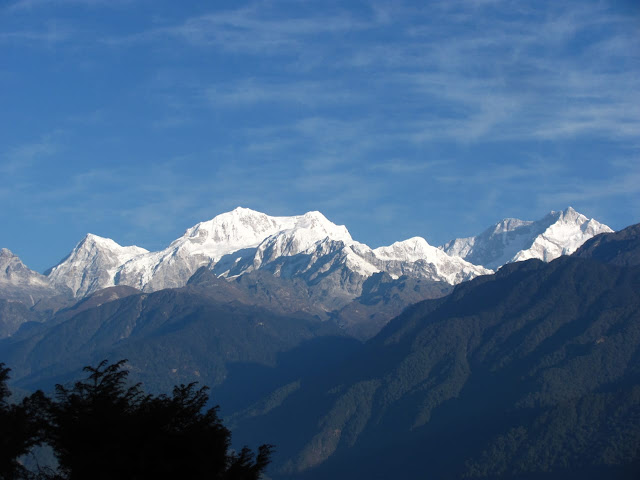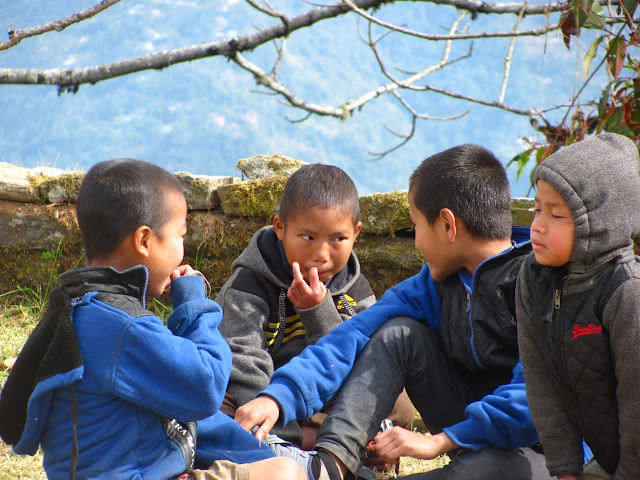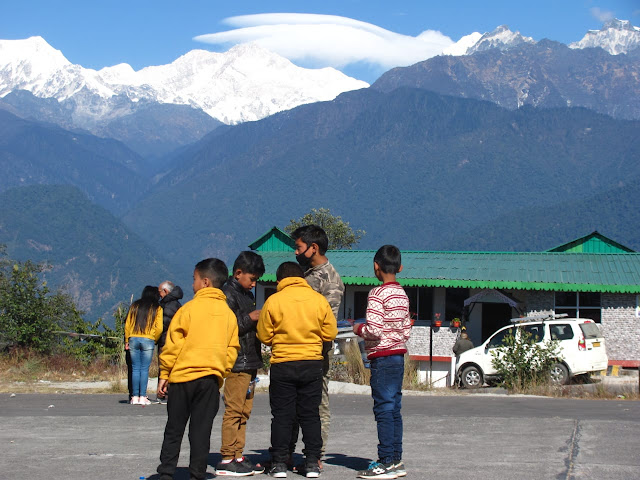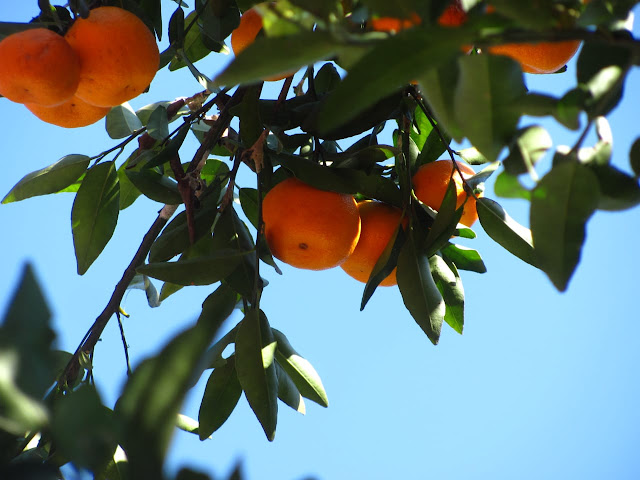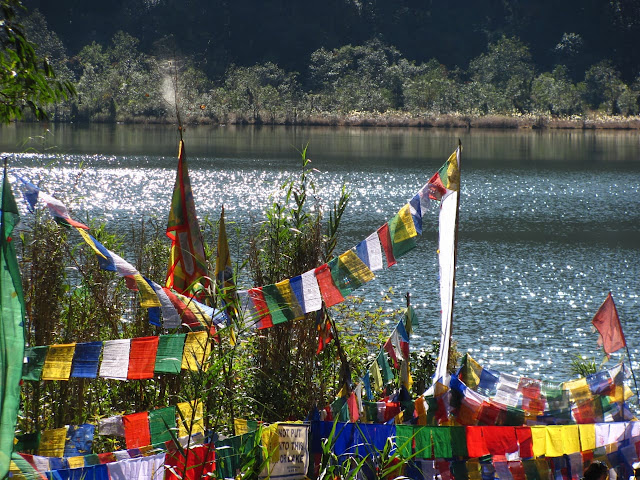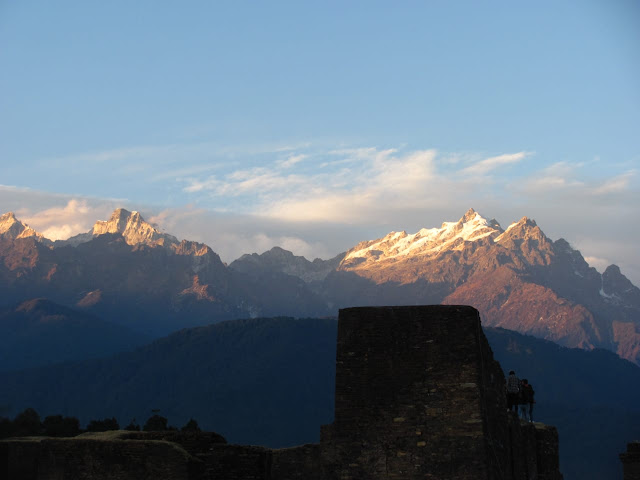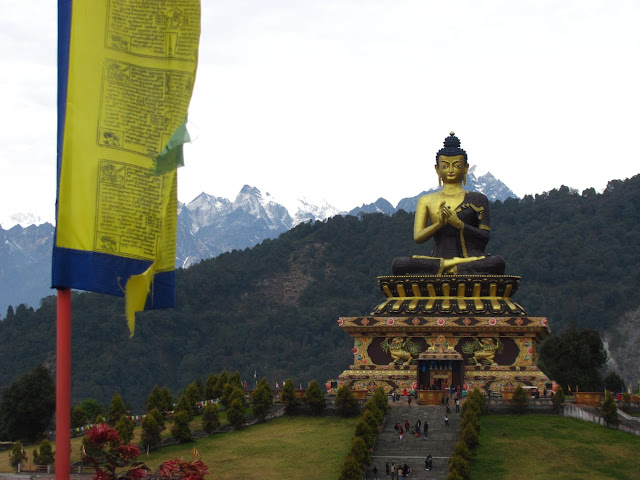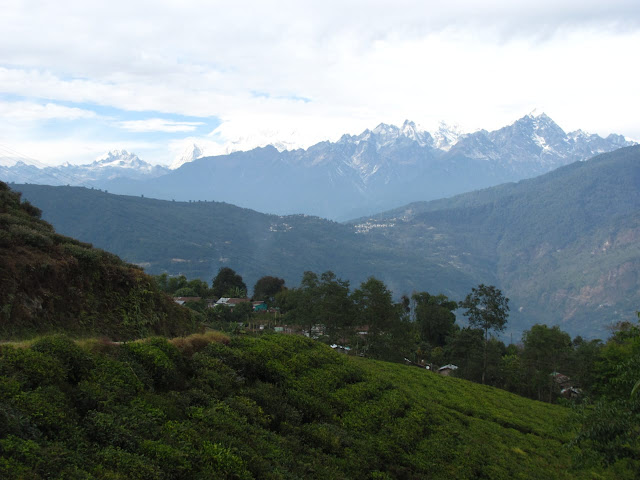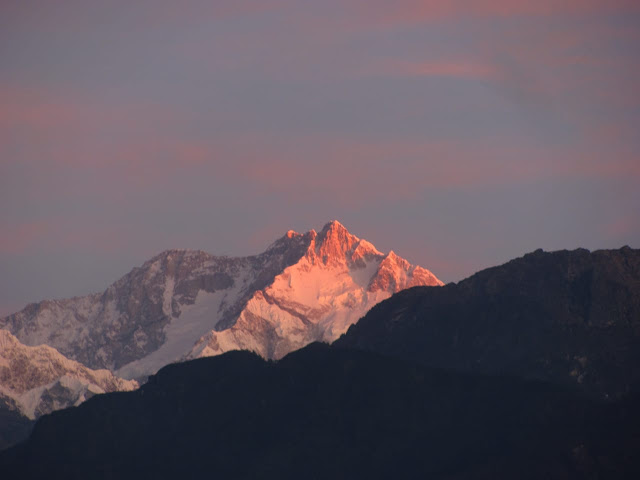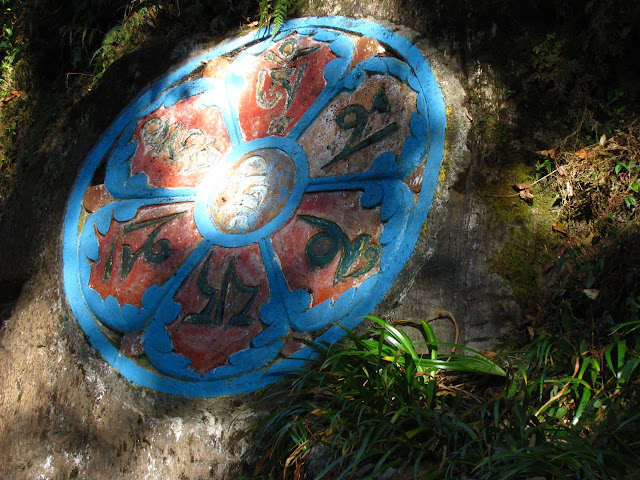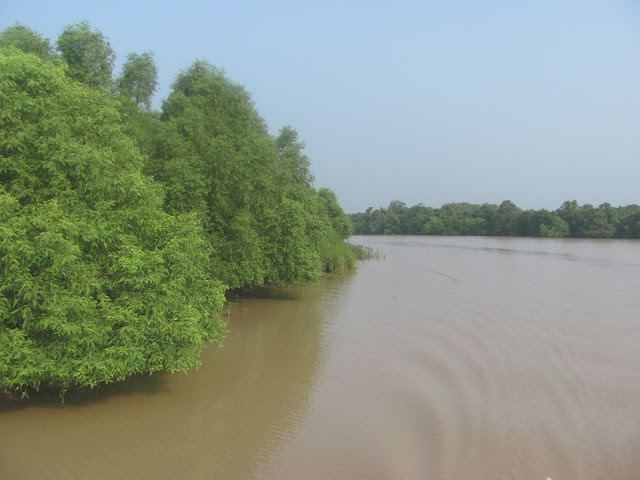 |
| Creeks of Bhitarkanika |
Bhitarkanika National Park spread across Kendrapara and Bhadrak district in Odisha, is the country's second largest mangrove forest. It's a real hidden jewel of Odisha. In this blog I will provide you all the necessary informations so that you can plan your Bhitarkanika trip in a better way.
How to Reach
Bhitarkanika can be accessed in two ways. One from Chandbali in Bhadrak district and another from Khola ( near Dangmal) in Kendrapara district.
We planned our roadtrip to Bhitarkanika, by making our base at Dangamal, a river island inside the core area of Bhitarkanika NP. Dangamal is only 10 kilometers from Khola, from where you get all the boating facilities inside the forest.
Alternatively you may also plan your visit from Chandbali. OTDC has an Aranyanivas at Chandbali, which is just beside river Baitarani. From Chandbali numerous boat oprators provide 1N 2D or 2N 3D package of Bhitarkanika.
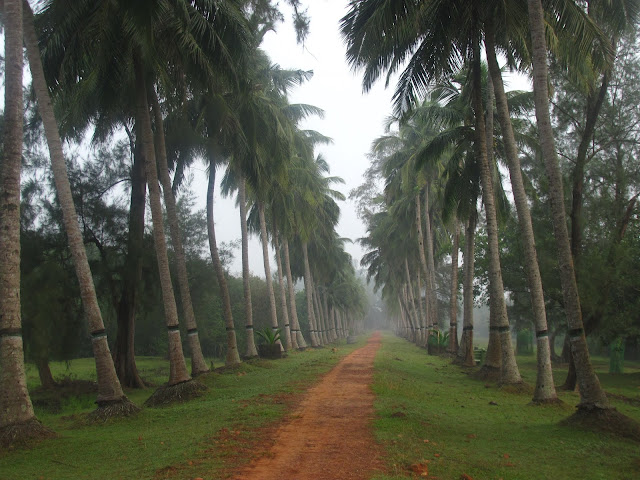 |
| Forest Walk Dangamal |
We started our drive from Kolkata at 5 am in the morning, and drove via Balasore Bhadrak RajNagar and Reached Dangamal at 3 pm. It was a 10 hours long journey with 1 pitstop for breakfast at Balasore.
The road condition till Bhadrak is very good. At Bhadrak you will leave the Kolkata - Chennai National Highway, and take state highway 9 for Chandbali. The road till Chandbali is also smooth. From Chandbali we drove to Dangamal via Rajnagar. The road from Rajnagar to Dangamal is narrow and rough at places, but overall manageable.
Apart from Dangamal, you may also visit Ekakula and Habalikathi sea beach, which are a full day trip from Chandbali or Khola. The boat operators provide package trips for the Habalikathi or Ekakula trip.
Dangamal
Dangamal island is inside the core area of Bhitarkanika National park. While staying at Dangamal you will see a lot of cheetals, wild boar and numerous birds.
The variety of kingfishers and woodpeckers in the forest of Dangamal is just breathtaking. Walking on the unmetalled 1 km long road, which goes from Heron House, through the island upto Dangamal jetty is a pure bliss. On both side of that nature walk there's thick mangrove forest and swampy grassland, where you will see these animals.
 |
| Heron House at Dangamal |
We used to walk through this nature trail during early morning or late evening. We saw a big wild boar roaming around the field on the wee hours. The Cheetals are more easily spotted, and usually roams in their groups.
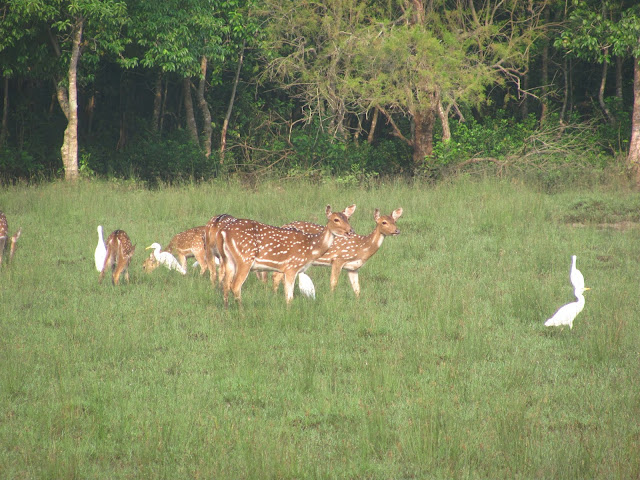 |
| Animal sighting at Dangamal |
Dangamal has variety of accomdations available inside the core area of the forest. Apart from the Forest Rest House, Odisha ecotourism have Bhitarkanika nature camps setup in Dangamal. We stayed at Orissa Ecotourism's Heron House , which is the premium accommodation at Dangamal. The rooms are big, and very well maintained. The rate includes room charges, all meals , forest entry fees and taxes. The food is homely and tasty. There's another A.C accomodation inside the forest. It's called the Cheetal Cottage, which is also maintained by Bhitarkanika Nature Camps
Dangamal also have a museum, which is very well maintained. The Museum provides a complete knowledge on the flora and fauna of the national park. There's one well preserved carcass of a 17 feet long crocodile inside the museum, which is very impressive.
 |
| Wild Boar at Bhitarkanika |
To enjoy Bhitarkanika in its entirety, you need to hire a boat and travel through the numerous creeks flanked by deep mangroves on both sides. The boats can be arranged from Dangamal, or by personally visiting the Boating counter at Khola.
Boat Safari in Bhitarkanika
The boat safari through the creeks of Bhitarkanika starts from a place called Khola which is 10 km from Dangamal. The boat safari includes a journey through the creeks of the mangrove forests and is absolutely breathtaking. Depending on the activities you are taking, it might take 4 to 6 hours.
 |
| Forest trekking at Bhitarkanika |
The boats will take you to Bhitarkanika island, where you can go for a 3 km long forest trekking to see the hunting towers erected by the erstwhile kanika raj family. There's an ancient Shiva temple in the vicinity where the god is still worshipped. The road through the mangrove forest is simply breathtaking.
 |
| Boat Safari through the creeks of Bhitarkanika |
Beside the Bhitarkanika island there's another island which is called the heronary. Till couple of years back the Siberian herons made it their abode, however now they have shifted to another island across river Brahmani. There's a watchtower erected inside the heronary which provides a birds eye view of the entire forest.
During the boat safari you will see saltwater crocodiles of various sizes floating in the river or just taking a rest at the shore of the islands. We also saw quite a few monitor lizard and numerous cheetals during our safari.
 |
| Giant Crocodile Near Dangamal |
Bhitarkanika has done a fabulous job in conservation of saltwater crocodile. In the estuaries of Brahmani and Baitarani river, there are more than 1700 saltwater crocodiles, as per the census done on January 2020. There are almost 400 adults , some of which are as big as 20 feet long. We saw a lot of crocodiles of various ages and sizes during our boat safari. We saw a giant adult crocodile submerged in the waters, which was the most impressive. There were a few younger ones, we saw, on the shores of the islands too.
 |
| Siberian Grey Heron at Bhitarkanika |
Bhitarkanika boasts of a rich avifauna. The egrets, kingfishers and woodpeckers are a treat to watch. The bird sanctuary across the river Brahmani now houses thousands of Siberian Grey Herons. It was a treat to watch. If you take an afternoon boat ride, while returning you will see a beautiful sunset. The setting sun , will paint myriad hues on the rippling waters of Brahmani, which ends the day in a beautiful note.
Brahmani River
Brahmani river at Dangamal is a treat to watch. The river is extremely wide here, and the riverbanks provide beautiful pictures of daily village life.
 |
| Brahmani River at Dangamal |
The paddy fields along the shores, the boats that ply on the river all add to the charm of the river. Keep an afternoon to just sit beside the river and enjoy the views. The cool breeze from the river will make you feel rejuvenated.
















